It’s frustrating when Safari won’t load the website you want.
If you’re seeing the ‘a problem occurred on this webpage’ error, you’re in the right place. I’ll show you some simple tricks to get Safari working again.
Let’s start!
TL;DR Version
To address the ‘a problem occurred on this webpage’ error, you can try these solutions:
Before Anything: Check Other Sites If Problem Occurs
Before anything else, try visiting several other websites. This will confirm whether the issue is with the particular site you initially tried or with Safari itself.
If only one specific website has problems, then Safari is likely not the culprit.
1. Restart Your Device
If you encounter the ‘problem occurred on this webpage’ error in Safari, the first step is to restart your device. This action can fix temporary glitches and clear out corrupted or unused data in your device’s memory.
For iPad and iPhone:
- Press and hold the Volume Up + Top/Side buttons until the ‘Slide to Power Off’ screen appears.
- Drag the slider to the right until your display turns black.
- Wait for 30 seconds.
- Press the Top/Side button until the screen turns on.
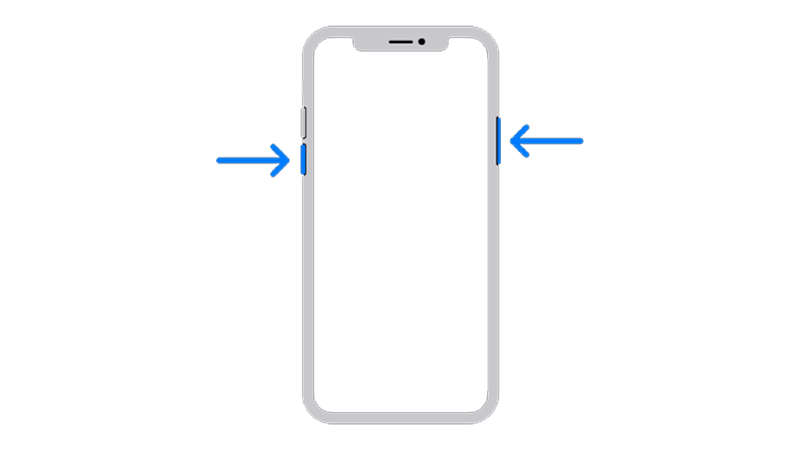
If you’re using a Mac:
- Click the Apple logo at the top left of your screen.
- Choose Restart from the dropdown menu.
- Click Restart again to confirm.
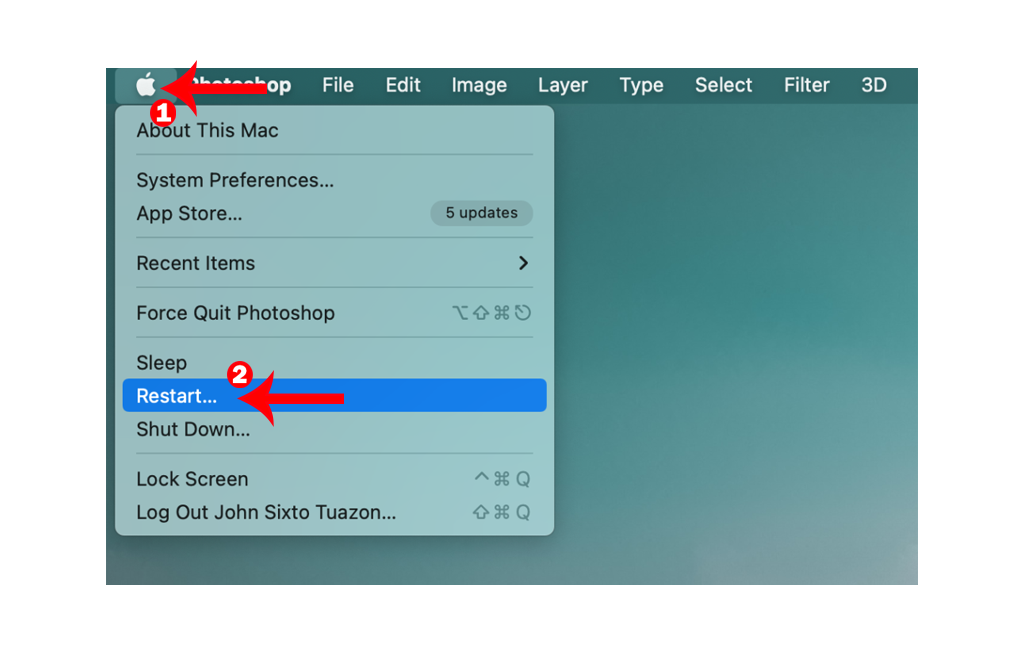
2. Update Your Device to the Latest Version
Sometimes, the version of Safari you’re using may be causing the webpage error. To eliminate this possibility, ensure your device is up to date with the latest software.
For iPhone and iPad:
- Go to Settings.
- Select General > Software Update.
- If there’s an update available, tap Download and Install.
- Follow the prompts to update your software.
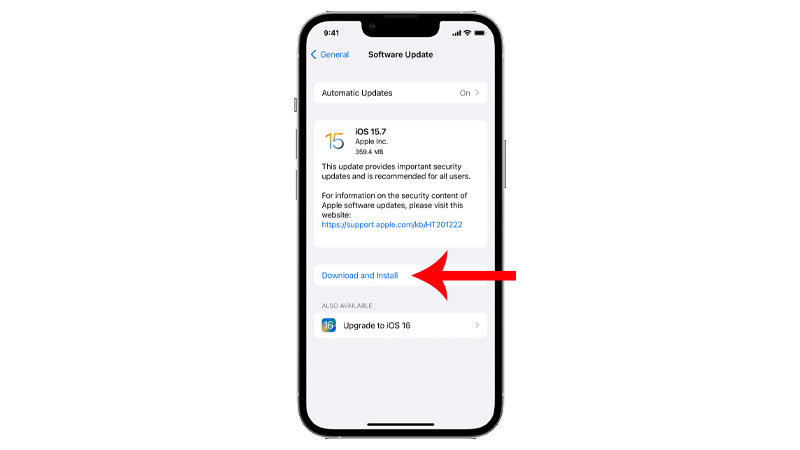
Note
- Your iPhone might restart several times during the update process.
- Ensure your iPhone/iPad is at least 50% charged before updating. For a smooth process, keep it connected to a charger.
- Allow about 15 minutes for the update, particularly for major versions (like iOS 15 to iOS 16).
To avoid missing future updates, enable automatic updates on your iPhone/iPad:
- Go to Settings.
- Navigate to General > Software Update > Automatic Updates.
- Turn on Download iOS/iPadOS Updates and Install iOS/iPadOS Updates.
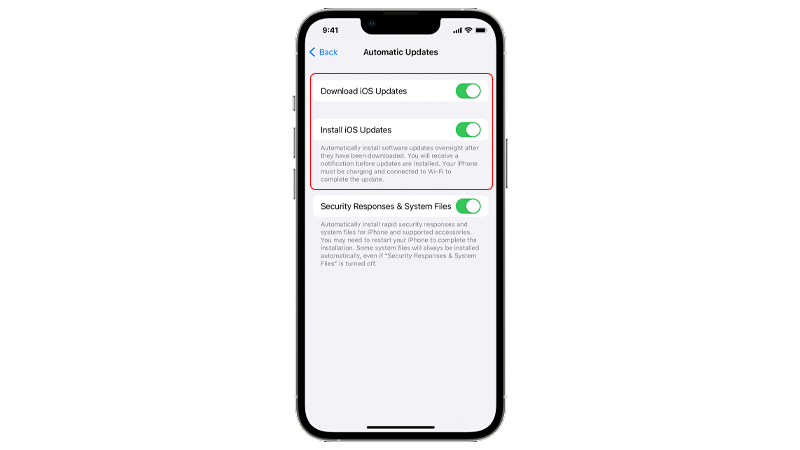
For Mac:
- In the upper left corner of your screen, click the Apple icon to open the Apple Menu.
- Now, click on System Settings.
- Inside settings, navigate to General > Software Update.
- If a new version is detected, follow the prompts to install the update.
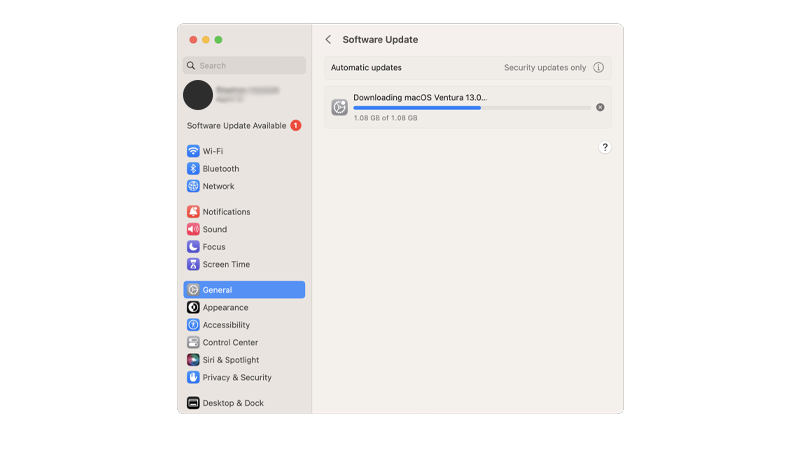
Note
- Your Mac can restart several times while installing the update.
- The update progress bar might also appear to be stuck. When this happens, don’t do anything. Software updates can take several minutes to complete.
3. Clear All Safari Browser Data
Corrupted data within Safari might trigger the ‘problem occurred on this webpage’ error.
Safari, like all browsers, accumulates browsing history and website data to speed up future visits. Over time, this data can become corrupted.
To clear Safari’s data on your iPad/iPhone:
- Open the Settings app on your iPhone/iPad.
- Scroll down and tap on Safari.
- Tap on Clear History and Website Data.
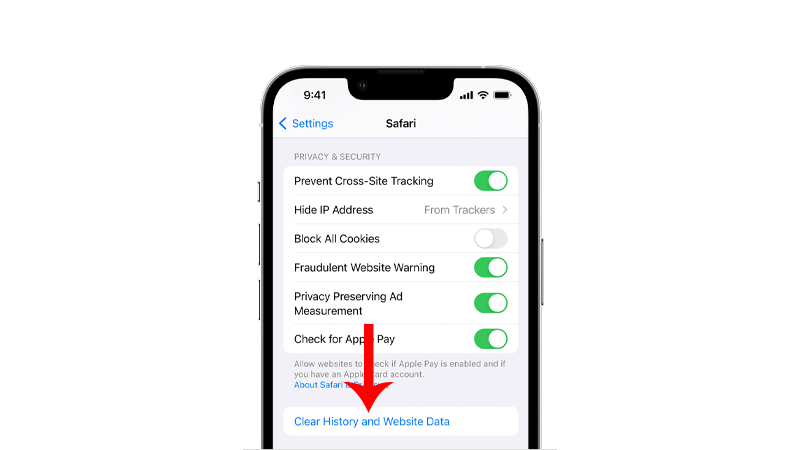
To clear Safari’s data on Mac:
- Launch Safari.
- Press Command + Option + E to clear Safari’s cache.
- Click History in the menu bar, then select Clear History.
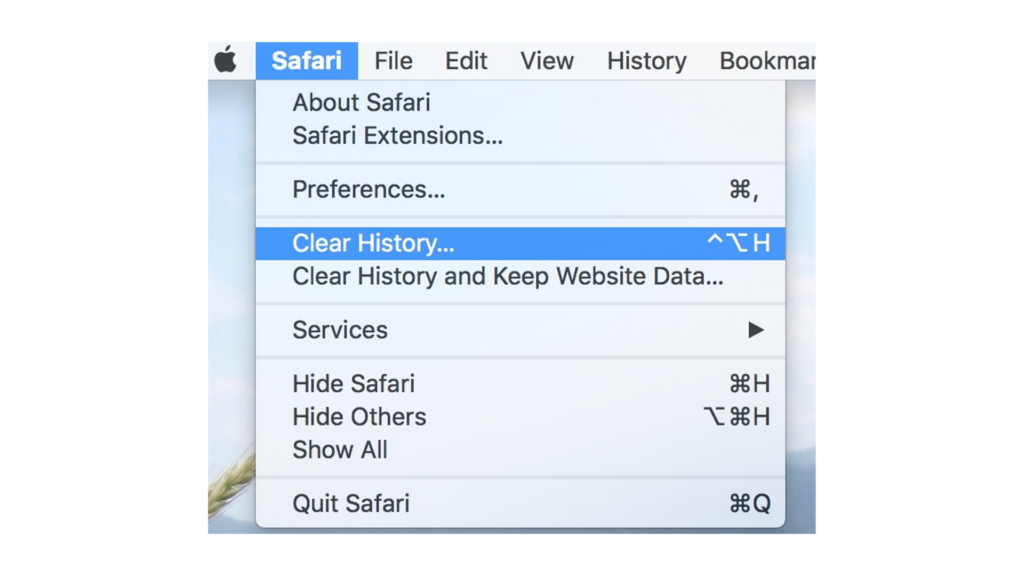
- In the pop-up, choose All History and click Clear History.
4. Check Date & Time Setting
Incorrect date and time settings on your device may lead to access issues with websites and servers for security reasons.
Ensure your device’s date and time are accurate before browsing.
If you’re using an iPad/iPhone:
- Go to Settings on your device.
- Tap on General > Date & Time.
- Enable the Set Automatically option.
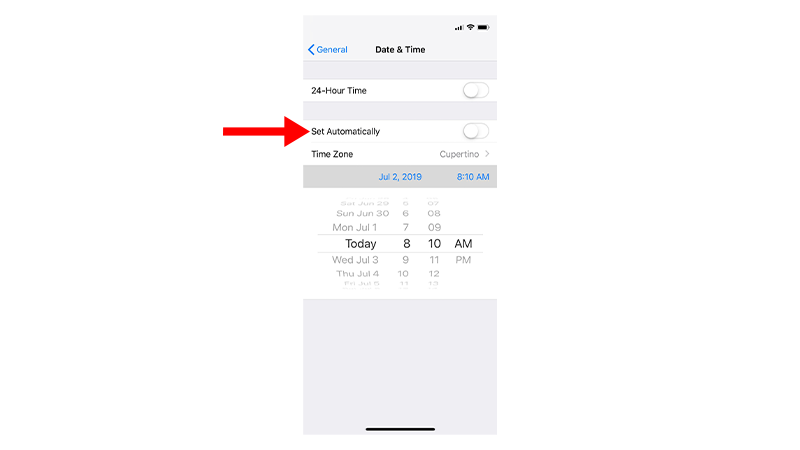
For Mac users:
- Click on the Apple Menu in the upper left corner.
- Go to System Settings > General.
- Now, click on Date & Time.
- Enable the Set Time and Date Automatically.
- Click on Set and enter the network time server for your region.
- Enable Set Time Zone Automatically Using Your Current Location.
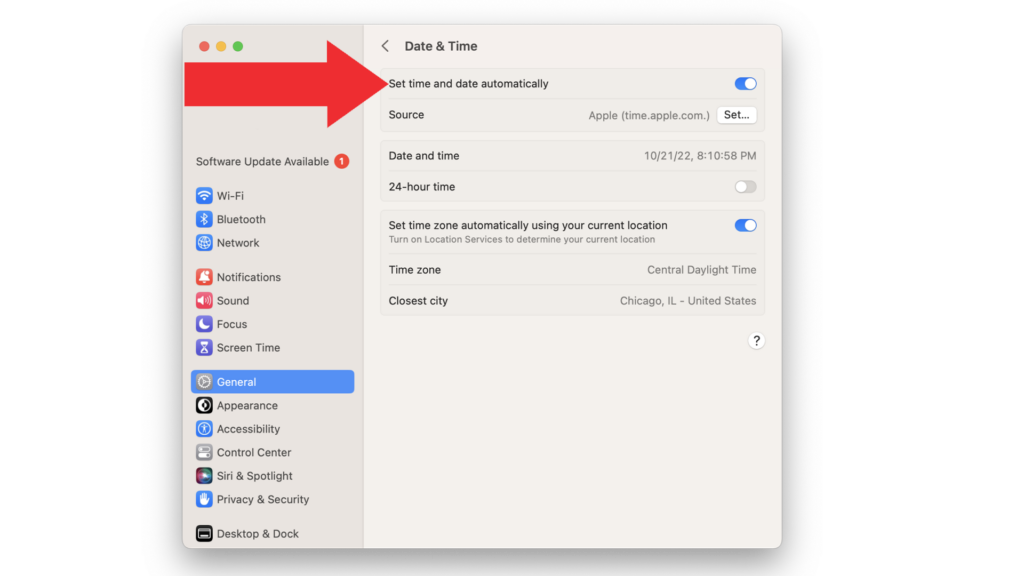
5. Remove Unused Safari Extensions
Third-party browser extensions, while often useful for added features and functionality, can sometimes interfere with website performance.
Incompatible extensions might be the culprit behind certain site errors. Consider removing unused or unnecessary extensions to see if it resolves the issue.
For iPad/iPhone users, here’s what you need to do:
- Open Safari on your iPhone.
- Tap the aA icon in the URL box.
- Select Manage Extensions.
- Disable your extensions.
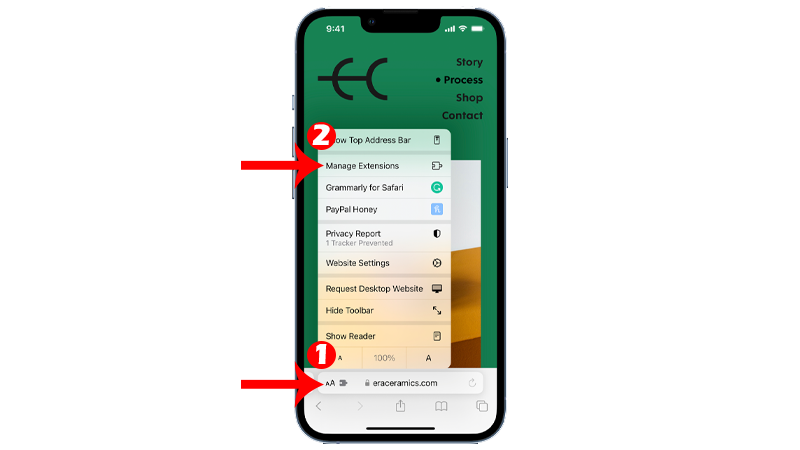
For Mac users, follow the steps below:
- Launch Safari on your Mac.
- Click on Safari in the menu bar.
- Go to Settings (or Preferences).
- Click on Extensions.
- De-select the checkbox for all your extensions.
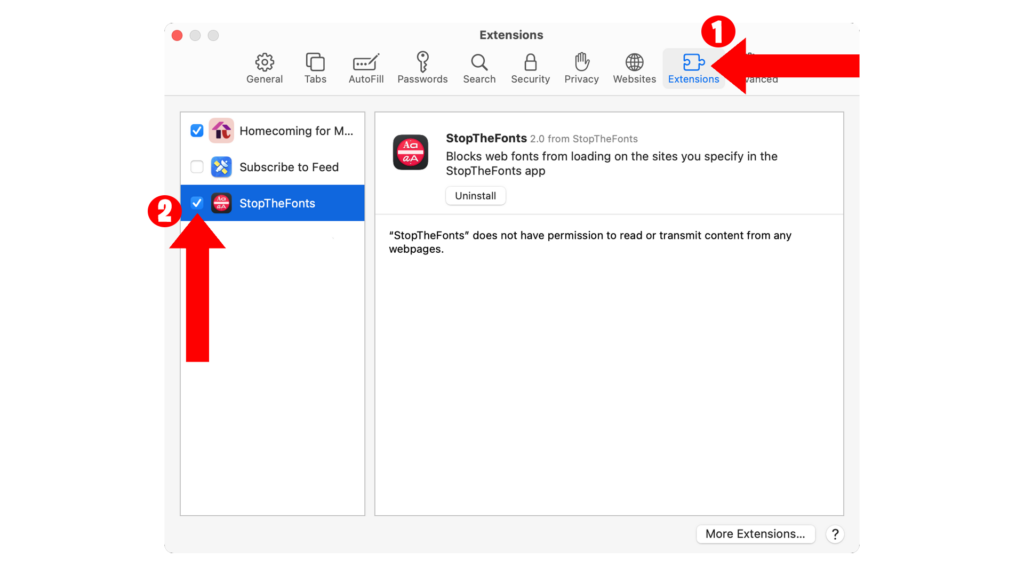
Then, test a few websites to see if the issue is resolved. If there’s no error, re-enable each extension one at a time and check the website after each.
If the error reappears, the most recently enabled extension is likely causing the problem. Remove it and consider finding an alternative.
6. Try A Different Search Browser
If the previous solutions don’t resolve the issue, Safari might currently have a problem.
In the meantime, consider using an alternative browser. Popular options like Chrome or Firefox are well-optimized for most websites and might provide a temporary workaround.
FAQs
How do I fix Safari browser problems?
If you’re experiencing issues with Safari, you can do the following:
- Restart your device
- Check your connection
- Clear Safari’s Data
- Use a different browser temporarily
Why is my Safari not letting me access websites?
If you can’t access websites using Safari, the website server may be busy or the website you’re accessing is unavailable. Incorrect date and time settings and network issues can also prevent you from accessing websites.
Why is Safari not working but Chrome is?
This is likely caused by a bug or error within Safari that prevents it from accessing the website. Check if there are available updates for your Apple device and install them to patch issues with Safari.
Can I uninstall Safari on Mac?
Safari is an embedded application in macOS. This means that you can’t modify or remove the app without complex tweaks. While you technically can disable System Integrity Protection via Terminal or third-party apps to uninstall Safari, it’s highly discouraged. Attempting this could lead to serious issues and potentially corrupt your Mac. It’s best to avoid such risky modifications.





